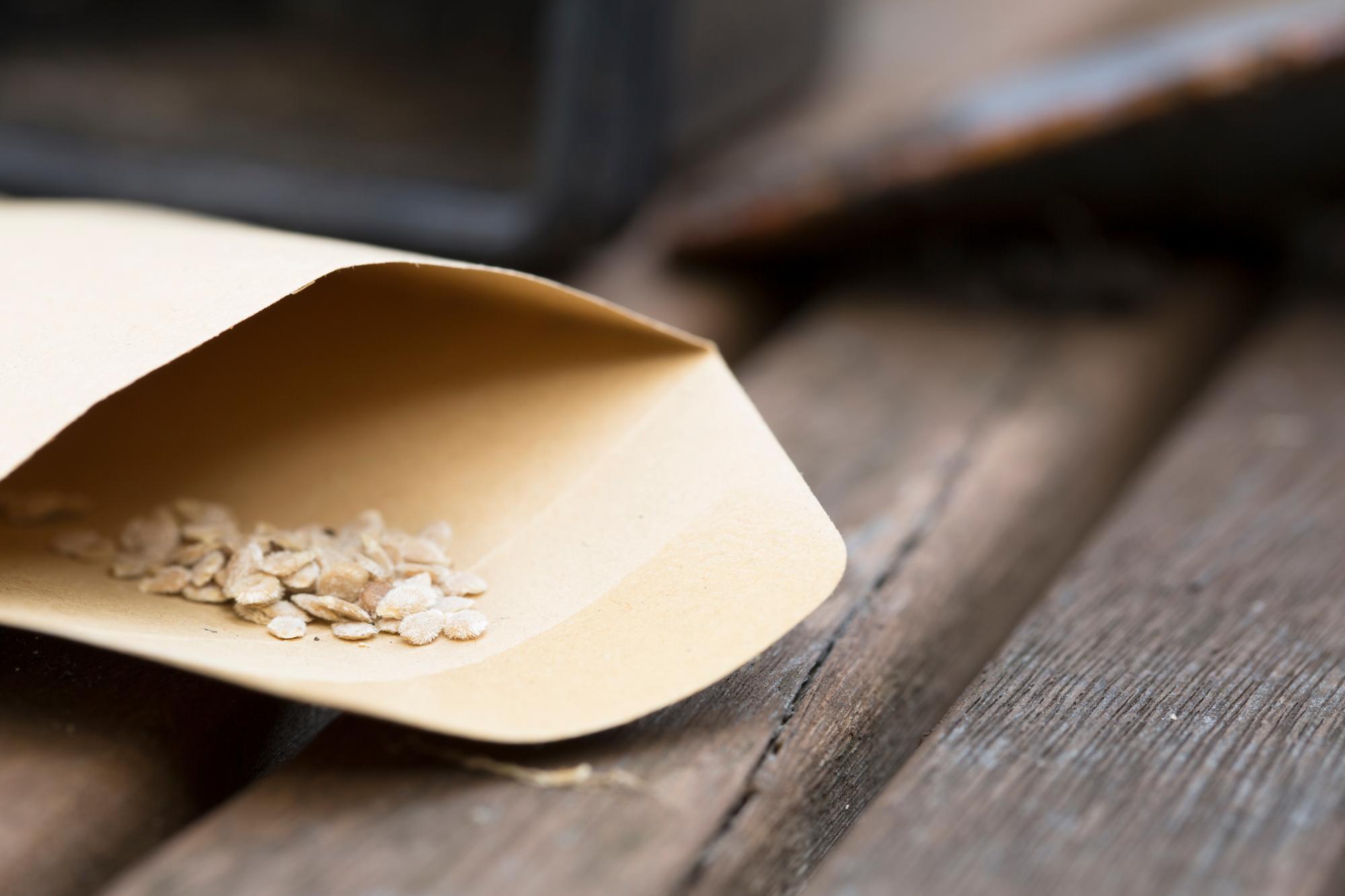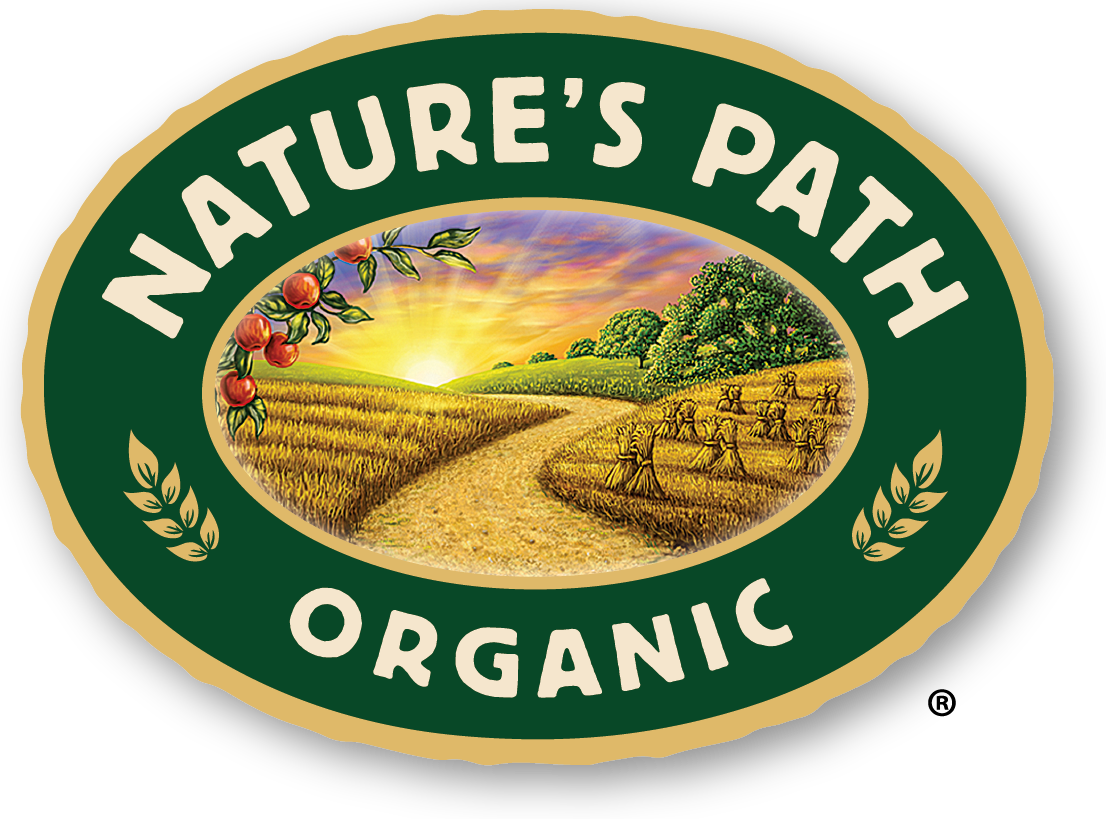
5 Easiest Plants for Seed Saving
Whether you are a seasoned or new organic gardener, you will want to save your own seed some day. We’ve all accidentally neglected the garden and unwittingly grown seed, but this can send you on a journey of intentionally growing your own seed.
n
Tags:
Whether you are a seasoned or new organic gardener, you will want to save your own seed some day. We’ve all accidentally neglected the garden and unwittingly grown seed, but this can send you on a journey of intentionally growing your own seed.
Why save seed? There are lots of reasons!
- Growing your seed for organic food, you become self-sufficient.
- You save money not having to buy seed every year.
- Your seed is acclimated to your growing conditions - long season, short season, rainy, hot, humid, arid, whatever! Your plants will be more robust, productive, and pest and disease resistant.
- You can create heirloom strains to pass down through the generations.
- You will improve and maintain the biodiversity of your garden and region. This is healthy for the entire ecosystem, including wildlife.
- Use your extra seed to share and barter with friends, give as gifts, or start a seed library or seed exchange. Share your knowledge!
- There is an enormous sense of accomplishment when you save black cherry tomato seed, for instance, grow it out the next year, and get dozens of black cherry tomatoes! There is childlike awe when you are part of the magic (or science!) of the process. Nature is amazing!
1. Peas
Leave pea pods on the plant to dry. How simple is that? Harvest when the pods turn brown and start to dry. Lay them out to dry completely before storing. If frost threatens, pull the plant and hang it upside down in a cool, well-ventilated area indoors out of direct sun.2. Beans
Beans are as easy as peas. Leave the pods on the plant to dry. You can harvest after the pod gets leathery. Again, bring them inside if frost threatens. I’m sure you have accidentally dried peas and beans in the garden! I have! Some people say pull peas and beans to hang. Others say cut them to leave the roots in the ground. The roots of legumes fix nitrogen in the soil, so they are most beneficial in the ground. But it’s your call.3. Lettuce
Lettuce gets bitter once it starts to bolt (flower and go to seed), so plan a seed patch and an eating patch. I had some Speckled Trout lettuce bolt in a hot summer, so I took that opportunity to save the seed from it. Lettuce flowers in clusters, and not all at once. The flowers briefly open, close up, then reopen as fluffy seed heads, like mini dandelions. When over half of the stalk has fluff, cut it and continue drying it in a paper bag in a cool, well-ventilated area. You have to harvest more than once, since they don’t all mature at the same time. There are great images and more details in this video.4. Tomatoes
Tomato seed is the most fun to save. You get to eat the fruit and save the seed, too. When a tomato is ripe for eating, the seed is ready to be harvested. Cut the tomato horizontally, and scoop the seed out of the cavities into a small jar, and fill with water. Eat the tomato. Label the jar with variety and date, and set it in a warm spot to ferment. Stir every day for 3-4 days. The good seeds will drop to the bottom, and the unviable seeds will rise. Pour off the water and bad seeds, rinse the rest in a strainer until clean, and spread them on a coffee filter to dry them in a warm well-ventilated area. Paper towels will stick to your seeds so don’t use them. When they easily break in two, they are ready to be put away. I learned how to save tomato seed from this detailed video from Seed Savers Exchange.5. Peppers
As with tomatoes, you can eat a fully ripe pepper and also save the seed. Peppers are completely red when they are ripe. Open the pepper, remove the seeds, and spread them out to dry. So simple! Then cut up the pepper for a salad or stir-fry. I hope you get hooked on seed saving with these five easy vegetables. You will then want to move on to more challenging plants, such as corn, squash, kale, broccoli, and carrots.Would you like to be the first to hear about our new products and more? Sign up for our Nature’s Path Newsletter.

